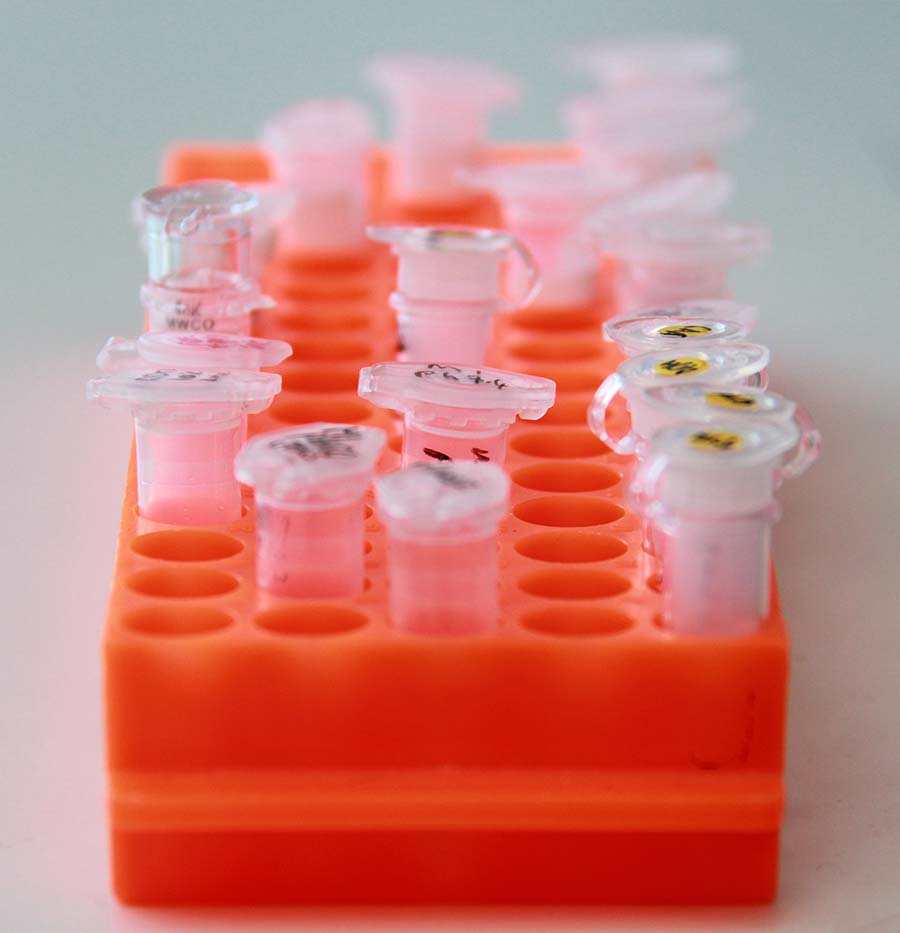Small angle X-ray scattering (SAXS) is a powerful method to analyse proteins and other macromolecules in solution and can give tremendous insights for example on the effects of buffer composition, the quaternary state of proteins as well as their interactions with other macromolecules or small ligands.


Required: about 0.5 mg of purified material at concentration ~0.5-5 mg/ml.
And don't forget the matching buffers!
Options: mail-in operation, remote data collection, personal visit. Service within weeks time under non-disclosure agreement.
Send your target molecules and buffer(s) according to their required stability conditions (e.g. cooled or on dry ice). Your samples will be stored exactly according to your instructions upon arrival.
We work with monodisperse or moderately polydisperse solutions of
Training
The BIOSAXS team not only has many years of hands-on experience in this technology but also a strong background in training of candidates from pharma and biotech companies as well as academic groups. According to your needs we offer customized training courses covering all aspects of SAXS experiments:
Please, contact us and let us know what type of training would be beneficial for your needs.